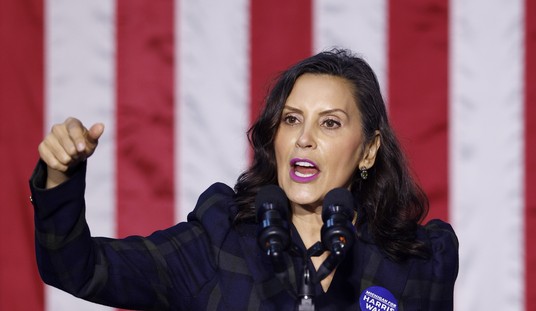As legendary military strategist Yogi Berra once said, It ain’t over ’til it’s over. According to Barack Obama, the war in Afghanistan was supposed to be over a couple of years ago, but … a funny thing happened on the way to the withdrawal, which is that the Taliban didn’t stop fighting. Go figure.
That withdrawal plan got scotched, leaving the troop level at 9,800 and the drawdown put off until the end of this year. By the end of 2016, the US force in Afghanistan should be cut by nearly half, again because Obama insisted he could end the war. Given all that, the timing of this order seems, well, curious:
President Barack Obama has approved giving the U.S. military greater ability to accompany and enable Afghan forces battling a resilient Taliban insurgency, in a move to assist them more proactively on the battlefield, a U.S. official told Reuters.
The senior U.S. defence official, who spoke on condition of anonymity, said the decision would also allow greater use of U.S. air power, particularly close air support. …
Under the new policy, the U.S. commander in Afghanistan, General John Nicholson, will be able to decide when it is appropriate for American troops to accompany conventional Afghan forces into the field – something they have so far only been doing with Afghan special forces, the official said.
The expanded powers are only meant to be employed “in those select instances in which their engagement can enable strategic effects on the battlefield,” the official said.
In seven months, the US will supposedly disengage because the Afghan forces will have trained well enough to take over security. If that’s the case, then why do we need to “allow greater use of US air power”? Also, why do we need to embed more of our own people, and more closely to regular combat troops, in order to make that work? By this time, the Afghan forces should be able to act as spotters for air support — that is, if Obama’s withdrawal plan will work as advertised.
The new orders may not be a “blanket order to target the Taliban,” but as Reuters points out, they are designed to allow the US to shift to the offensive. Prior to this, the US military could only intervene to save the Afghan military from an embarrassing defensive defeat. Now, though, the US will cover offensive operations, in hopes of rolling back the Taliban. Why? Because it has become necessary to do so … again:
The Taliban control or contest more territory in Afghanistan than at any time since they were ousted by a U.S.-backed intervention in late 2001, and U.S. officials have acknowledged the uneven performance of Afghan security forces.
Large portions of Afghanistan, including the provincial capital of northern Kunduz and multiple districts of southern Helmand province, have fallen, at times briefly, to the Taliban over the past year-and-a-half. Many other districts and provinces are also under varying degrees of Taliban control.
In other words, we have given back much of what we’ve gained in the past few years, thanks to a singular focus on timetables for withdrawals rather than on military success. Despite cheery talk from Obama during the past several years, the war in Afghanistan is far from over, and in fact could easily be lost.
The US has to decide whether it wants to win or lose. If it’s the latter, then we should get out now and leave the Afghans who trusted us to their own devices. (They could ask the Iraqis how well that worked out.) If it’s the former, then we should be talking about bringing in enough forces and using rules of engagement oriented toward victory rather than just about keeping up appearances.
Addendum: Speaking of the Iraqis, they believe that an attack on ISIS may have wounded Daesh honcho Abu Bakr al-Baghdadi. No one in the coalition can confirm it, though.








Join the conversation as a VIP Member